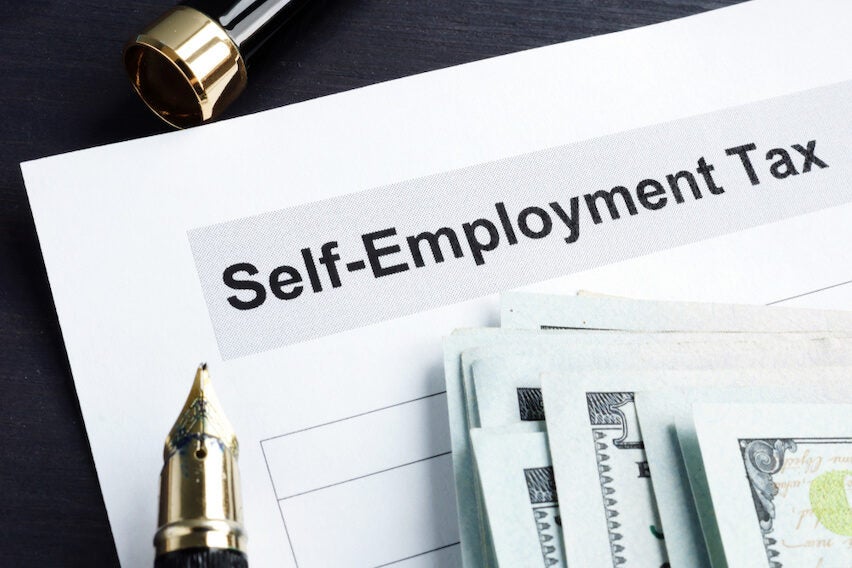As a self-employed individual, managing taxes can be a daunting task. While paying your fair share is a civic duty, it’s also wise to explore legal strategies to minimize your tax burden. In this comprehensive guide, we’ll unveil five practical techniques to help you avoid overpaying self-employment taxes, allowing you to keep more of your hard-earned income.
1. Form an S Corporation
One of the most effective ways to reduce self-employment taxes is to form an S corporation. By structuring your business as an S corp, you can split your income into two categories: salary and distributions (dividends).
- Salary: You’ll pay yourself a reasonable salary, which is subject to self-employment taxes.
- Distributions: Any remaining profits are distributed as dividends, which are not subject to self-employment taxes.
For example, if your business earns $100,000 in a year, and you pay yourself a $50,000 salary, you’ll only owe self-employment taxes on the $50,000 salary portion. The remaining $50,000 in distributions is exempt from self-employment taxes, potentially saving you thousands of dollars.
2. Subtract Half of Your FICA Taxes From Federal Income Taxes
The IRS allows self-employed individuals to deduct a portion of their self-employment taxes (FICA taxes) from their federal income taxes. This deduction can significantly reduce your overall tax burden.
Here’s how it works:
- Calculate your self-employment tax by multiplying your net self-employment income by the current self-employment tax rate (15.3% for 2023).
- Deduct 50% to 57% (depending on your income level) of this self-employment tax amount from your federal income taxes.
For example, if your net self-employment income is $60,000, your self-employment tax would be $9,180 (15.3% of $60,000). You can then deduct approximately $4,590 (50% of $9,180) from your federal income taxes, effectively reducing your taxable income.
3. Deduct Valid Business Expenses
One of the most straightforward ways to reduce your self-employment tax liability is to deduct all eligible business expenses. The IRS allows you to deduct ordinary and necessary expenses incurred while operating your business, such as:
- Office rent or home office expenses
- Advertising and marketing costs
- Vehicle expenses (mileage, fuel, maintenance)
- Professional services (legal, accounting, consulting)
- Office supplies and equipment
- Business insurance premiums
- Continuing education and training
By meticulously tracking and deducting these expenses, you can lower your net self-employment income, thereby reducing the amount subject to self-employment taxes.
4. Deduct Health Insurance Costs
As a self-employed individual, you can deduct the cost of your health insurance premiums, including coverage for yourself, your spouse, and dependents. This deduction applies to various types of health insurance plans, such as individual policies, employer-sponsored plans, and Medicare premiums.
To claim this deduction, you must have a net profit from your self-employment activities. The deduction is then taken as an adjustment to your income, effectively reducing your self-employment income and, consequently, your self-employment tax liability.
5. Defer Income to Avoid Higher Tax Brackets
Unlike traditional employees, self-employed individuals have the flexibility to manage their income to some extent. By deferring a portion of your income to the following tax year, you may be able to avoid being pushed into a higher marginal tax bracket.
For example, if your net self-employment income for 2023 is projected to be $90,000, you might consider deferring some of that income until 2024. By doing so, you could potentially stay within a lower tax bracket for 2023, resulting in a lower overall tax liability.
It’s important to note that deferring income should be done strategically and in accordance with IRS regulations. Consulting with a tax professional can help you navigate this strategy effectively.
Conclusion
While self-employment taxes are an inevitable part of being your own boss, there are legal strategies available to minimize your tax burden. By forming an S corporation, deducting eligible expenses, taking advantage of available deductions, and managing your income strategically, you can potentially save thousands of dollars in self-employment taxes each year.
Remember, it’s always advisable to consult with a qualified tax professional to ensure compliance with tax laws and to explore the strategies that best suit your specific situation. Responsible tax planning can help you achieve financial success while fulfilling your obligations as a self-employed taxpayer.
How The Self Employment Tax Works (And How You Can Avoid It!)
FAQ
Is there any way to not pay self-employment tax?
How much can you make self-employed and not pay taxes?
Why are my self-employed taxes so high?

